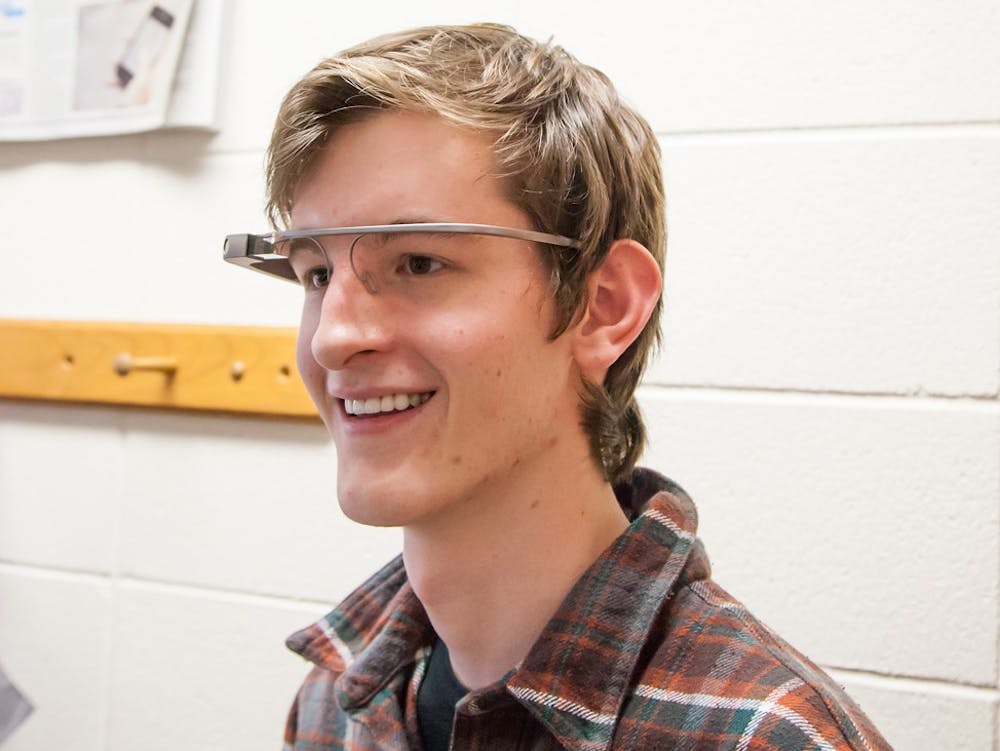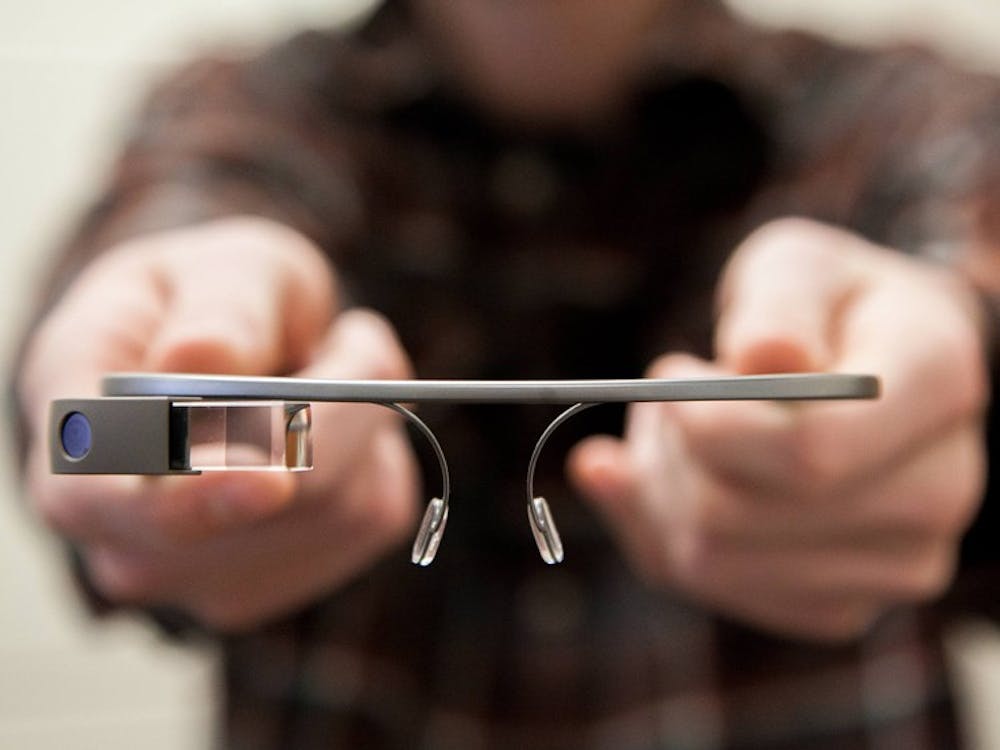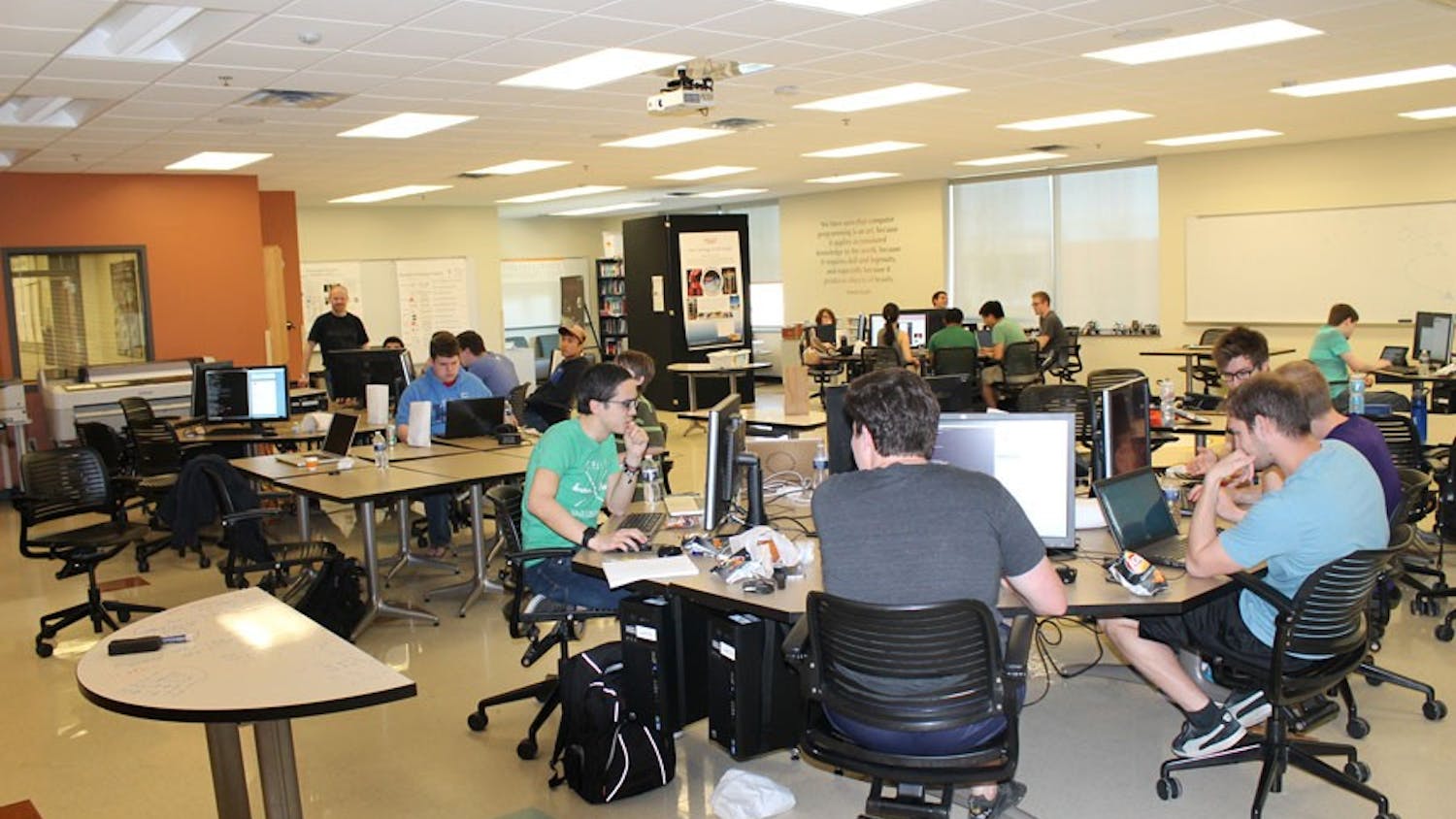By Samuel Bolds | Echo
Google Glass, the latest tech innovation for your face, is currently only available to a few thousand people. Science and Tech interviewed Nathan Rassi, a junior management systems major who purchased Glass last month through a connection with a developer.

How do they feel on your face?
They feel just like glasses or sunglasses. It isn't really even noticeable after about one day of getting used to them. It's out of the way, unless you want to use it.What is the interface like?
The interface is just a series of "cards." When you tap the side to turn it on, there is a splash screen with the time and "ok glass" written. This is the screen where you can use all of the voice commands (like send a message, take a picture, take a note, make a call, etc).If you swipe to the right with the touchpad on the side of Google Glass, then all the the previous cards come up with the time elapsed at the bottom right (4 mins ago, 1 hour ago).
California driver gets ticket for wearing Google Glass: http://t.co/4IFyJbIqnc
- USA TODAY Technology (@usatodaytech) October 31, 2013
These can be anything from tweets and news articles to emails and text messages or phone calls. Each of the cards have submenus if you tap on them, dependent on what type of card it is. For example, if it is a tweet, you can tap it and retweet it, or a text message will have a reply option, which allows you to narrate a response.
On the left side, there are "pinned cards" which are persistent and managed by the user. In addition, there is a "settings" card on the left with Bluetooth and Wi-Fi preferences.
When you receive a new notification, it chirps in your ear, and turns on to display the new message or notification if you tap the side.Siri has snappy retorts for 'OK, Glass' http://t.co/9ZAI0gdKN8 [post]
- TUAW (@TUAW) August 26, 2013
Do you think this trend will catch on?
In some form, yes. It may not be Google Glass that ultimately takes off, but wearable technology is definitely the way that tech is heading. The future may not be in eyewear, but in some form we are going to slowly have technology come closer and closer to us. It really just depends on the public's conception of the product. The technology is sound, but if it becomes something that is socially ostracized, people won't wear them. Google has spent significant time and money developing and marketing Glass with an attempt to be ahead of the curve.What kind of apps are available?
First off, Glassware is what Google is currently calling the "apps." Apps do not run on the device. It is all communication with a server with data being sent back and forth. Apps are activated (or turned on), not installed.Currently there are apps for CNN, New York Times, Facebook, Google Play Music, Google Now, golf GPS, cycling/running, cooking recipes, sports scores, a compass and more.
Google has not added the ability for developers to add official Glassware for mass consumption yet, but sometime soon the list of Glassware is going to explode.
What are they most useful for?
Anything that you want to do hands-free. Personally, I love using it while in a city to get walking directions or ask it where some good restaurants are nearby. (And) it answers more questions than I could have ever imagined. It is so foreign from Siri's "Would you like me to search the web for that?" It will always guess at your question and although it isn't always right, it will most often lead you in the right direction (to a web article). It is really something I had to see to believe.How's the battery life?
It is decent. I would say that it lasts about 10-12 hours under moderate use. That is one of the things that Google is trying to work on as they get closer to a full-fledged release.What is the sound quality like being transmitted into your ear?
It is a strange vibrating sensation. It is cool and a unique part of Glass, but . . . with the first version of Glass . . . it is nearly impossible to hear anything. For the second edition, they added a mono bud (a single earpiece for the right ear) to compensate for people complaining that they couldn't hear the bone conduction speaker.
Public launch for the device was originally set in 2013, but speculators now believe that it will be summer to late 2014. Visit Google Glass's website to learn more.





